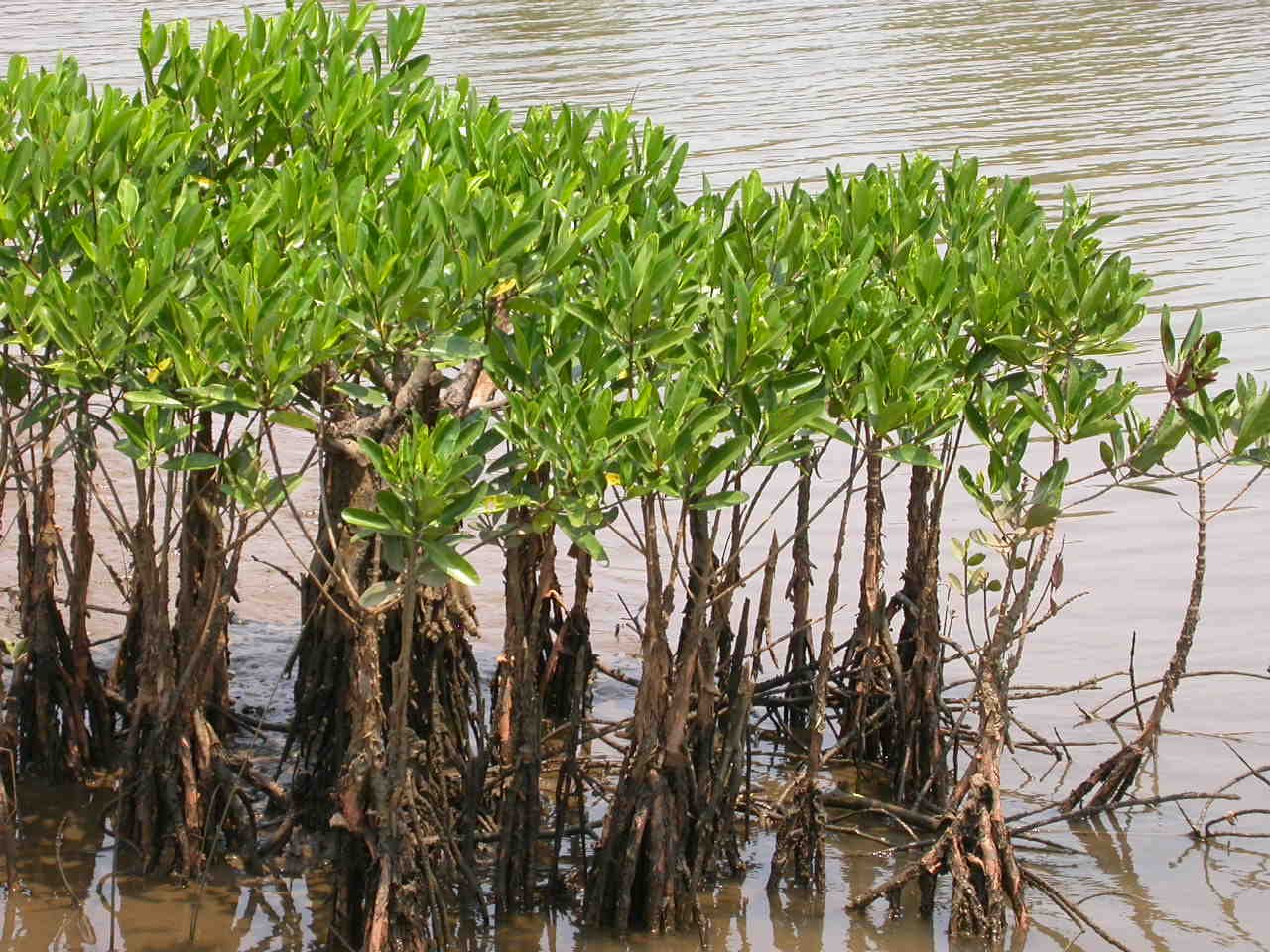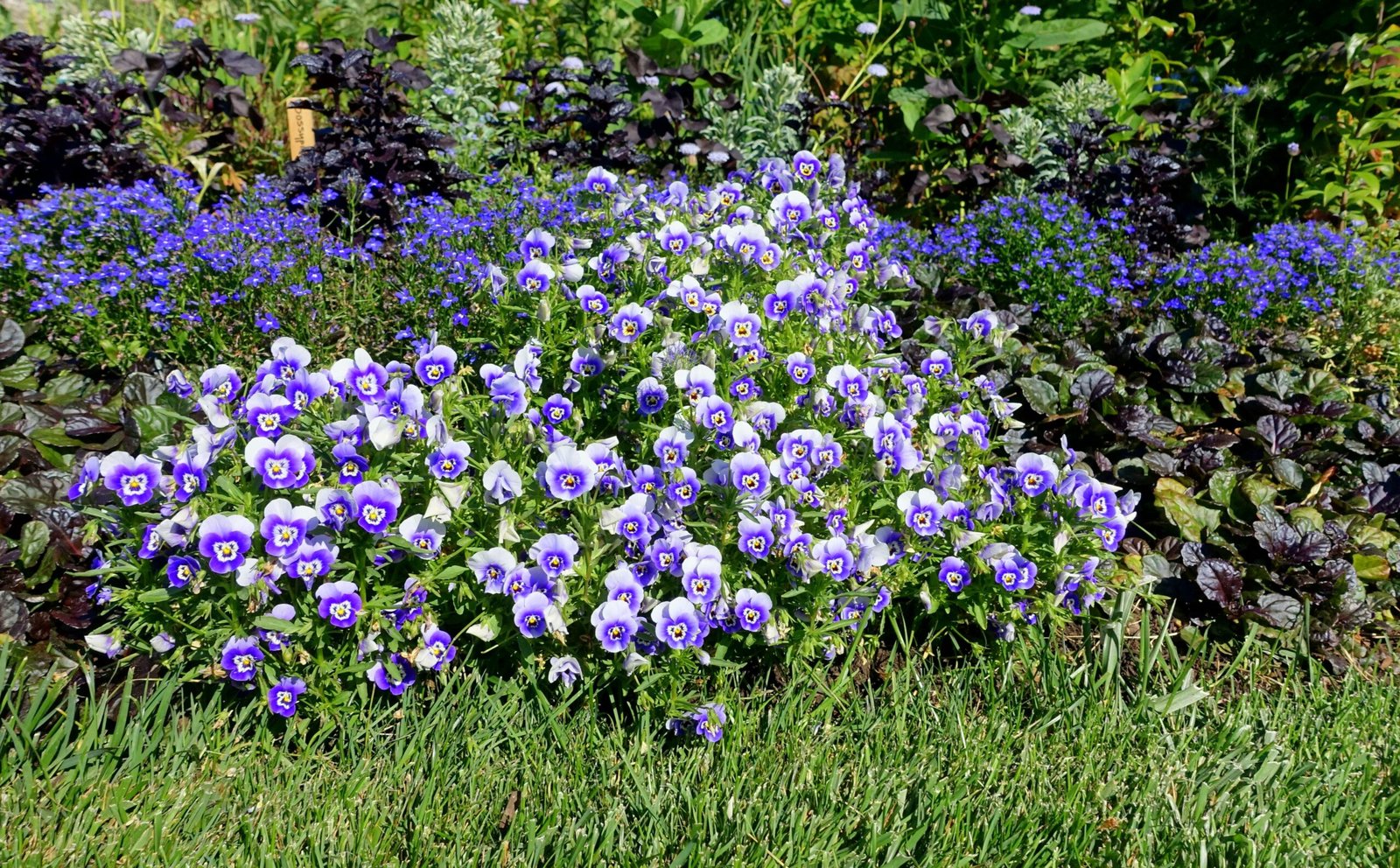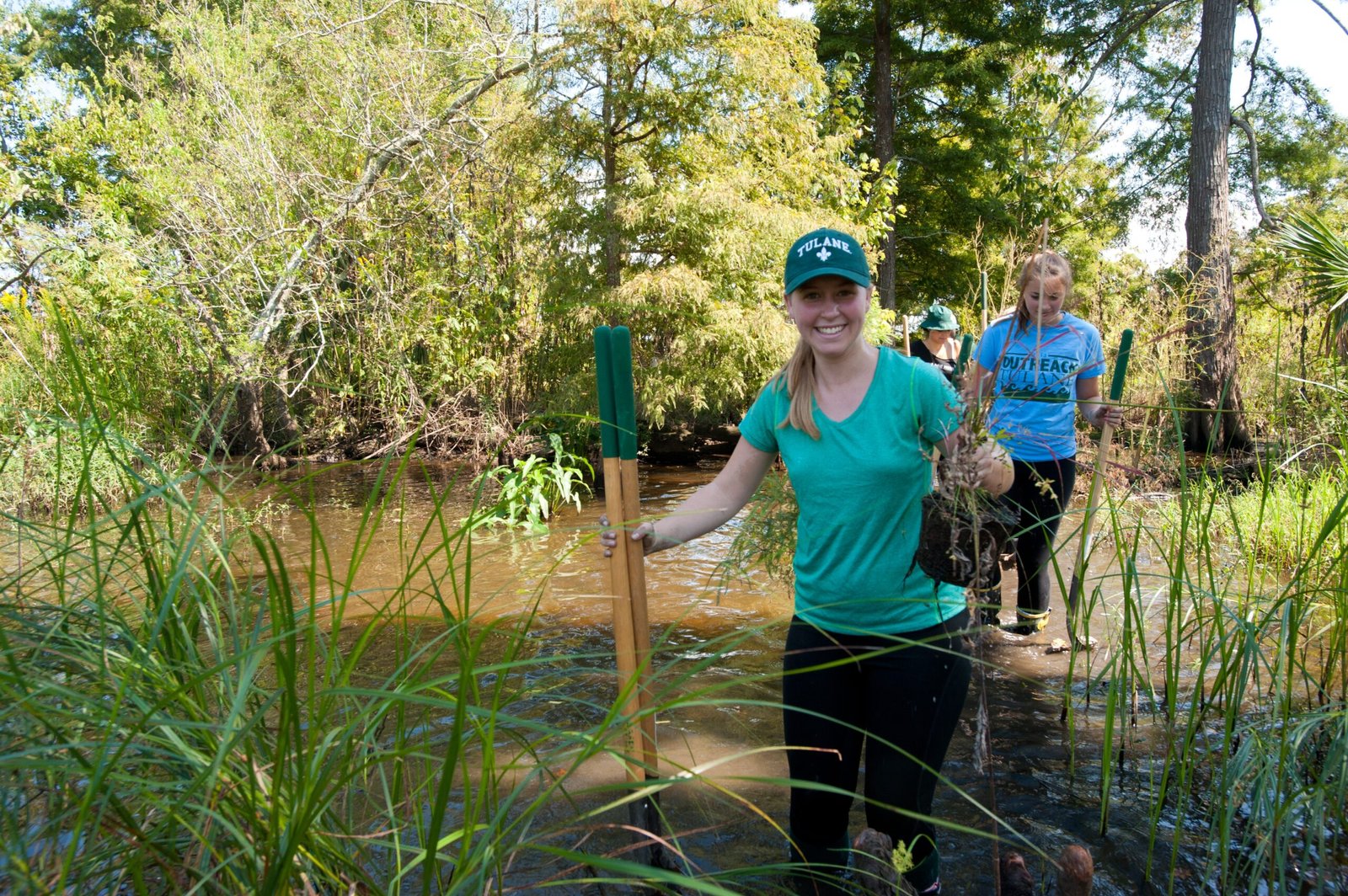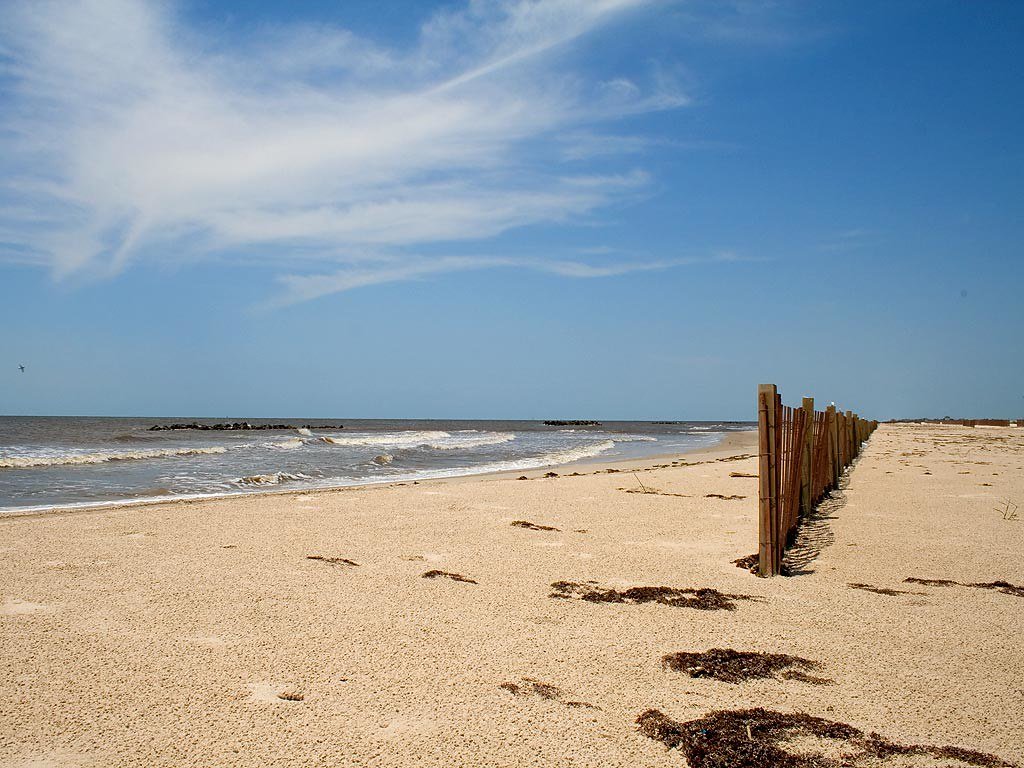Have you ever wandered along Louisiana’s windswept coastline, where the salty air and shimmering marshes hold secrets of survival? Here, life clings with astonishing tenacity, and the true heroes are not always the ones we notice first. Hidden beneath the shadow of hurricanes and rising tides, native coastal plants stand as nature’s quiet warriors, weaving a tapestry of resilience that protects both land and life. Their story is one of adaptation, endurance, and silent strength—a testament to nature’s ability to endure even the harshest challenges. Let’s step into this captivating world where every blade of grass and tangled root tells a story of survival.
The Unique Landscape of Louisiana’s Coast
Louisiana’s coastline is a living mosaic of marshes, bayous, barrier islands, and sandy beaches. The land here constantly shifts, shaped by powerful rivers, relentless storms, and the slow but steady rise of the Gulf of Mexico. It’s a place where freshwater mixes with salt, creating brackish environments teeming with life. This ever-changing landscape has forced native plants to evolve remarkable adaptations to survive. Unlike plants in more stable environments, Louisiana’s coastal flora must withstand flooding, salinity, and erosion on a regular basis. The result is a unique ecosystem, rich in diversity and resilience, where every plant plays a vital role in holding the land together.
What Makes a Plant “Native”?

Native plants are species that have grown naturally in a region for thousands of years, often evolving alongside local wildlife and climate. In Louisiana, these plants have deep roots—both literally and figuratively—in the history of the land. They are perfectly adapted to the local soils, weather patterns, and water conditions, making them far more resilient than many introduced species. Unlike imported ornamentals that may struggle or even become invasive, native plants balance the ecosystem, supporting birds, insects, and other wildlife. Their presence is a quiet but crucial part of what keeps coastal habitats thriving and functional.
Surviving the Salty Challenge

Salt is a relentless enemy for most plants, but Louisiana’s native coastal flora have developed astonishing ways to cope. Some, like the black mangrove, can excrete salt through their leaves, while others, such as smooth cordgrass, have specialized cells to filter salt out of the water they absorb. These adaptations allow them to flourish where many other species would wither and die. As saltwater intrusion becomes more common due to sea-level rise, these tough plants are often the last line of defense, stabilizing shorelines and preventing erosion. Their ability to persist in salty environments highlights their crucial role in coastal resilience.
The Role of Marsh Grasses in Coastal Defense

Marsh grasses like Spartina alterniflora, known as smooth cordgrass, are the unsung guardians of Louisiana’s coast. Their dense networks of roots bind the soil, forming natural barriers against waves and storm surges. When hurricanes batter the shoreline, these grasses catch sediment and slow down the water, reducing erosion and protecting both wildlife and human communities. The lush green fields of marsh grass you see from a distance are actually complex living systems, quietly performing the vital work of land preservation. Without them, the fragile coastline would wash away far more quickly.
Barrier Islands: Nature’s First Line of Protection
Louisiana’s barrier islands, like Grand Isle and Chandeleur, are constantly shifting, yet they are also home to a unique set of native plants. Species such as sea oats and bitter panicum anchor the sandy soil, their roots creating webs that hold the islands together. These plants must weather intense sun, salt spray, and high winds, making their resilience nothing short of extraordinary. When storms strike, it’s these hardy plants that help the islands bounce back, rebuilding dunes and providing shelter for nesting birds. Their tenacity ensures that barrier islands remain a vital shield for the mainland.
Wetlands: A World of Rich Biodiversity

Louisiana’s coastal wetlands are some of the most biologically productive places on Earth. Here, native plants like cattails, bulrushes, and pickerelweed create a lush tapestry that supports countless species. These wetlands act as nurseries for fish and shellfish, feeding grounds for birds, and filters for water quality. The plants themselves are uniquely suited to life in waterlogged soils, often with hollow stems that allow oxygen to reach their roots. The loss of wetlands due to development and climate change is a major threat, but native plants are at the heart of every successful restoration effort.
Native Trees: Silent Giants of the Coast

Bald cypress and water tupelo trees rise like sentinels from the swampy waters of coastal Louisiana. These native giants are well-known for their ability to survive prolonged flooding, thanks to their specialized “knees”—woody projections that help anchor them in soft mud. Their canopies provide shade and habitat, while their roots stabilize the banks of bayous and slow the advance of erosion. These trees are not only a symbol of the region’s natural heritage but also a critical line of defense against the loss of land to rising waters.
Wildflowers and Shrubs: Color and Diversity
Beyond the grasses and trees, Louisiana’s coast bursts into color each spring and summer with native wildflowers and shrubs. Saltmarsh mallow, seaside goldenrod, and wax myrtle dot the landscape, attracting pollinators like bees and butterflies. These plants are more than just beautiful—they serve as vital links in the food web, supporting insects that feed birds and fish. Their deep roots also help hold soil in place, further protecting the land from erosion. By planting native wildflowers and shrubs in gardens and restoration projects, we can boost biodiversity and help the coast recover from disturbance.
Adaptation in the Face of Climate Change

Climate change is rewriting the rules for coastal ecosystems, bringing higher tides, stronger storms, and shifting weather patterns. Native plants are under increasing pressure to adapt, and many are rising to the challenge. Some are expanding their ranges, moving inland or to higher ground as conditions shift. Others are evolving new traits, such as increased salt tolerance. By studying these native species, scientists gain valuable insights into how life on Earth might respond to a rapidly changing environment. Their resilience offers hope that, with the right support, coastal ecosystems can persist even in difficult times.
Restoration Efforts: Planting for the Future

Across Louisiana, community groups, scientists, and volunteers are working together to restore native plant communities. Projects like marsh grass plantings and barrier island revegetation help rebuild lost habitats and strengthen the coast against storms. These efforts often rely on the careful selection of native species, chosen for their ability to thrive in local conditions. By reintroducing plants that have historically anchored the land, restoration teams give nature a fighting chance to heal. Each new planting is a small act of hope in the face of daunting challenges.
How You Can Support Coastal Native Plants

Everyone has a role to play in protecting Louisiana’s coastal plants. Simple actions, like choosing native species for home gardens or supporting conservation organizations, can make a big difference. Learning about local ecosystems and advocating for their protection helps raise awareness about the challenges facing the coast. Participating in volunteer restoration events or citizen science projects connects people directly with the land and its living heritage. By valuing native plants and the services they provide, we can all help ensure that Louisiana’s coast remains resilient for generations to come.
The Unbreakable Spirit of Louisiana’s Coastal Plants

Louisiana’s native coastal plants are more than just survivors—they are the foundation of an entire way of life. Their resilience in the face of storms, salt, and shifting tides is a powerful reminder of nature’s enduring strength. As climate change and human activity continue to reshape the coastline, these plants show us what it means to adapt and endure. Their roots run deep, both in the earth and in the culture of the region, offering beauty, protection, and hope. What lessons could we learn from their unbreakable spirit?


